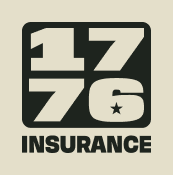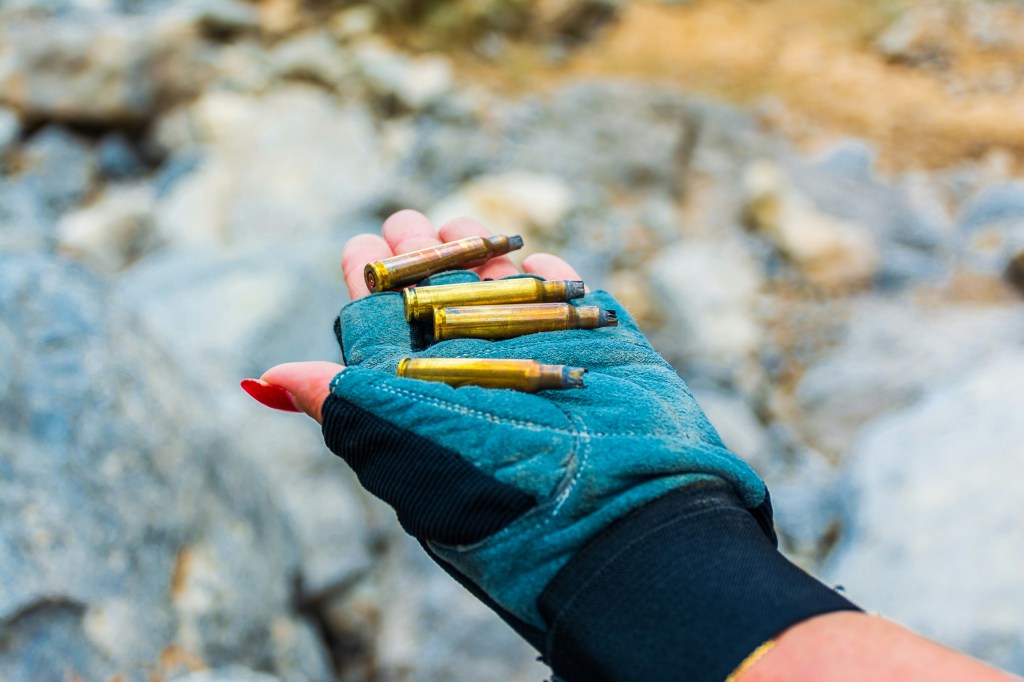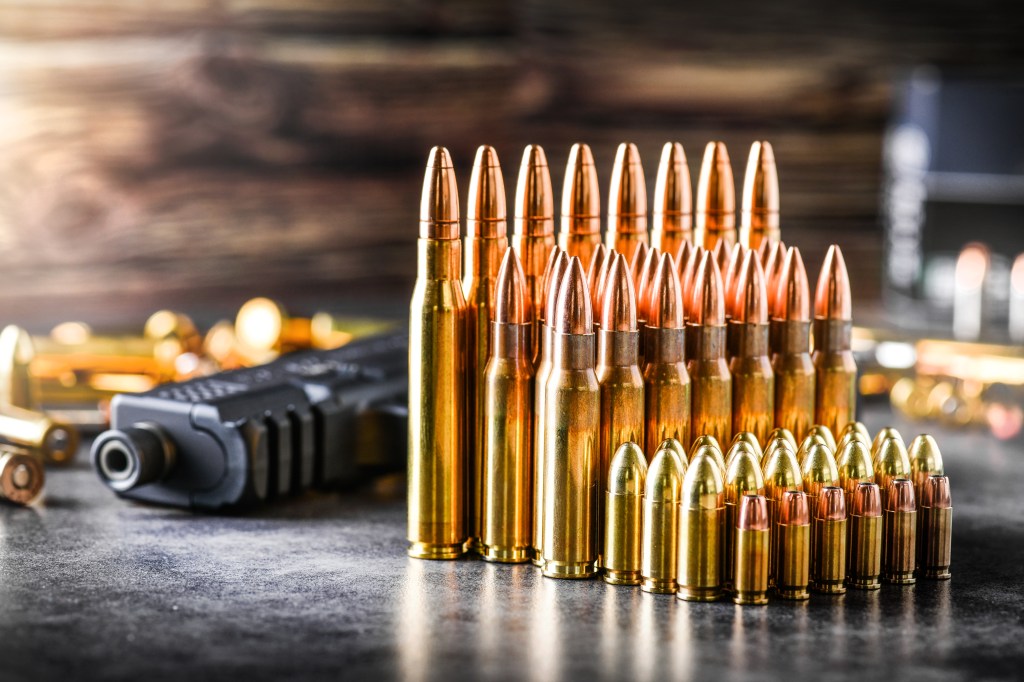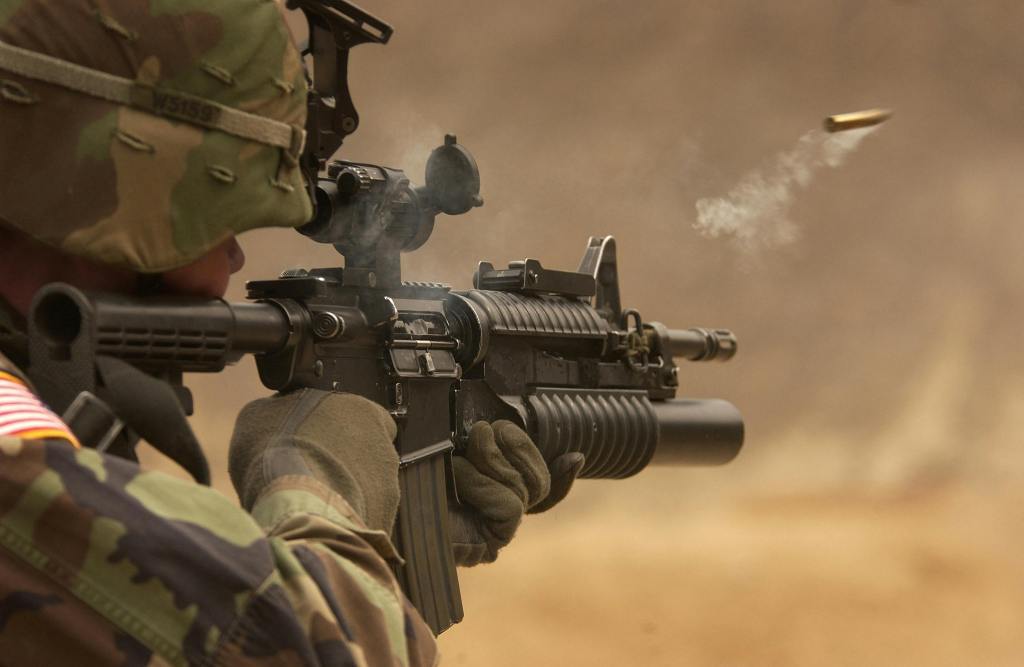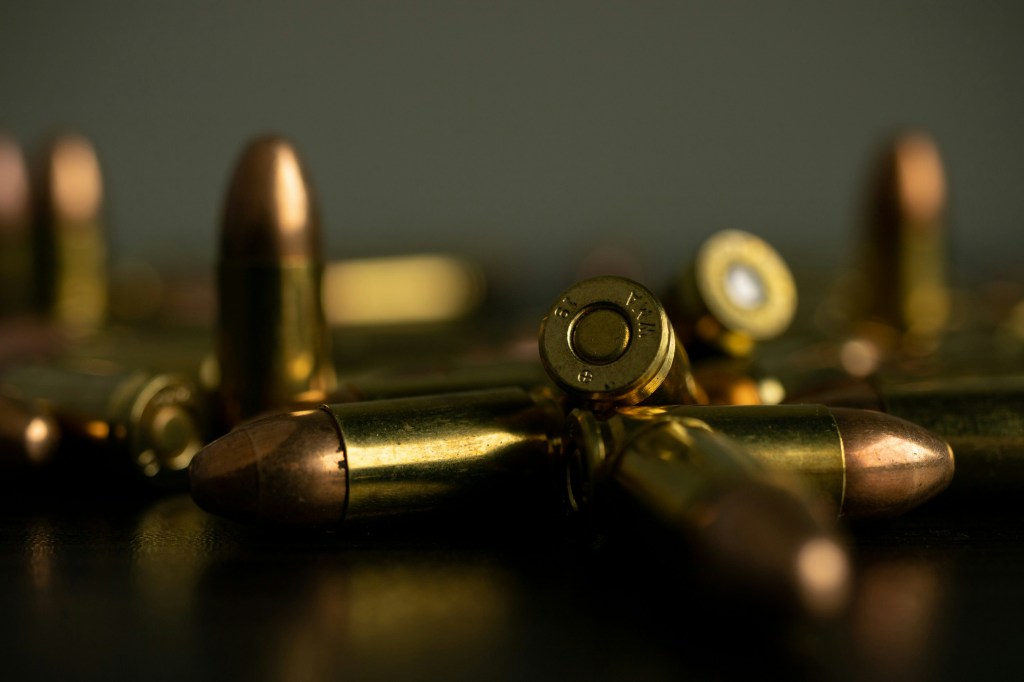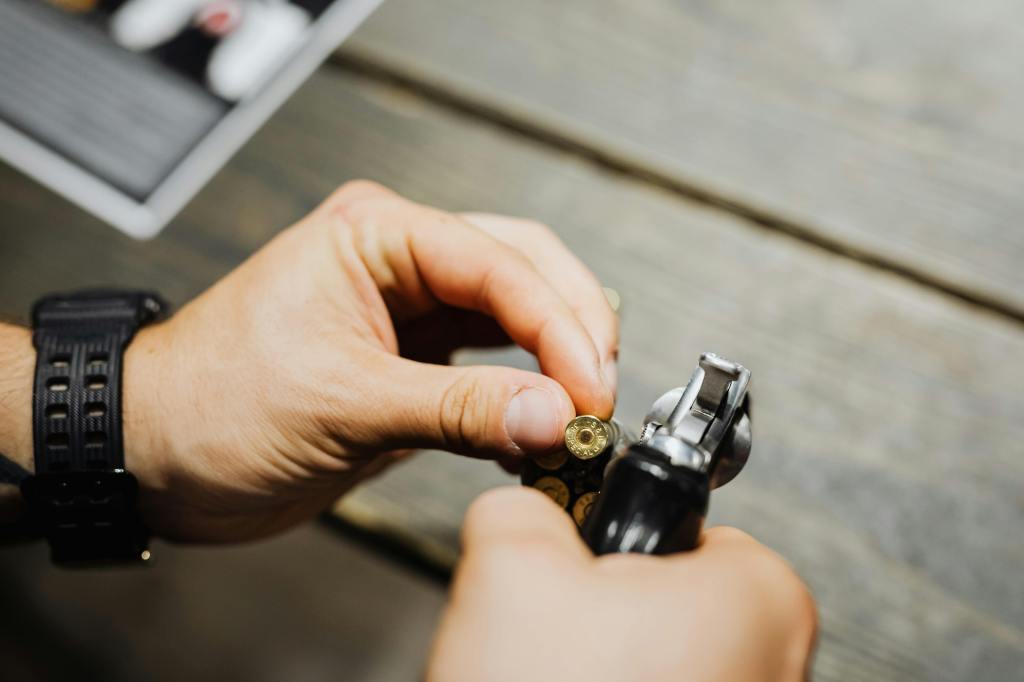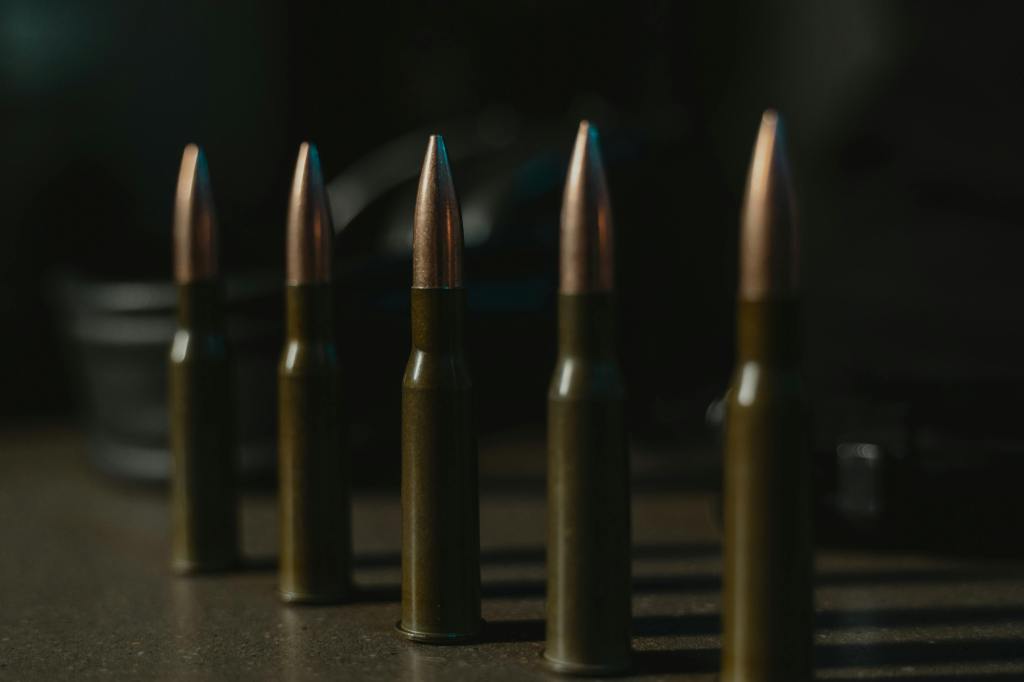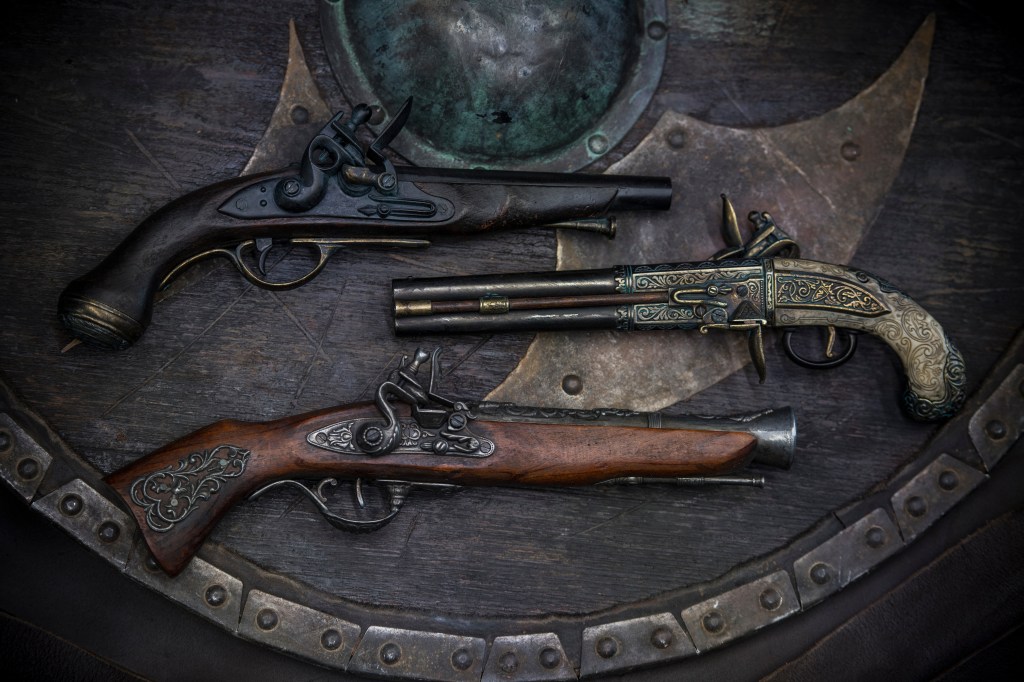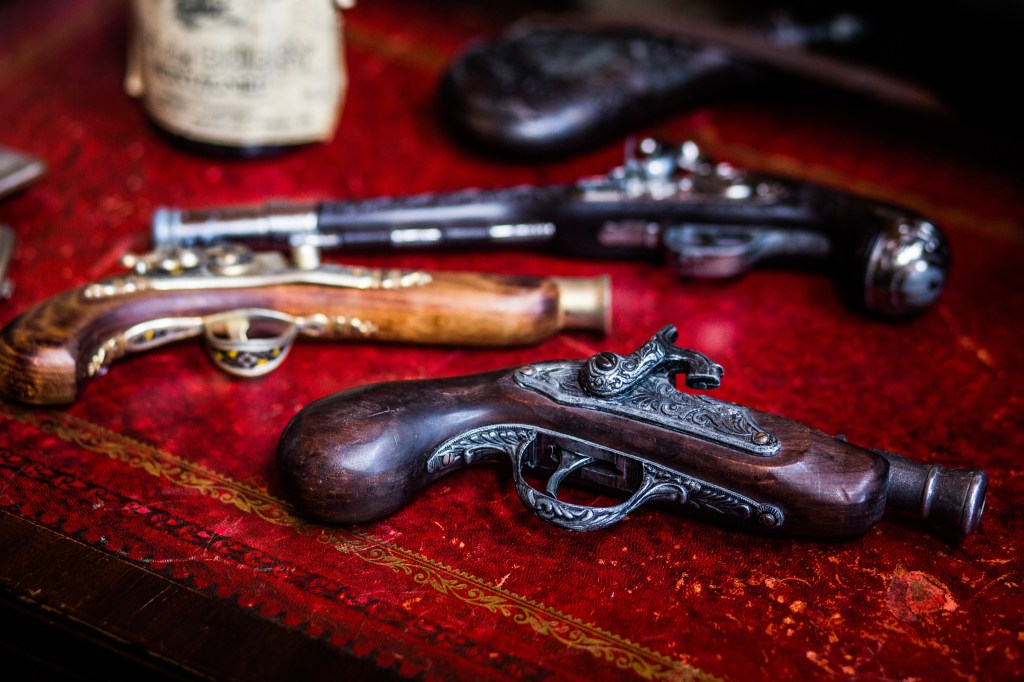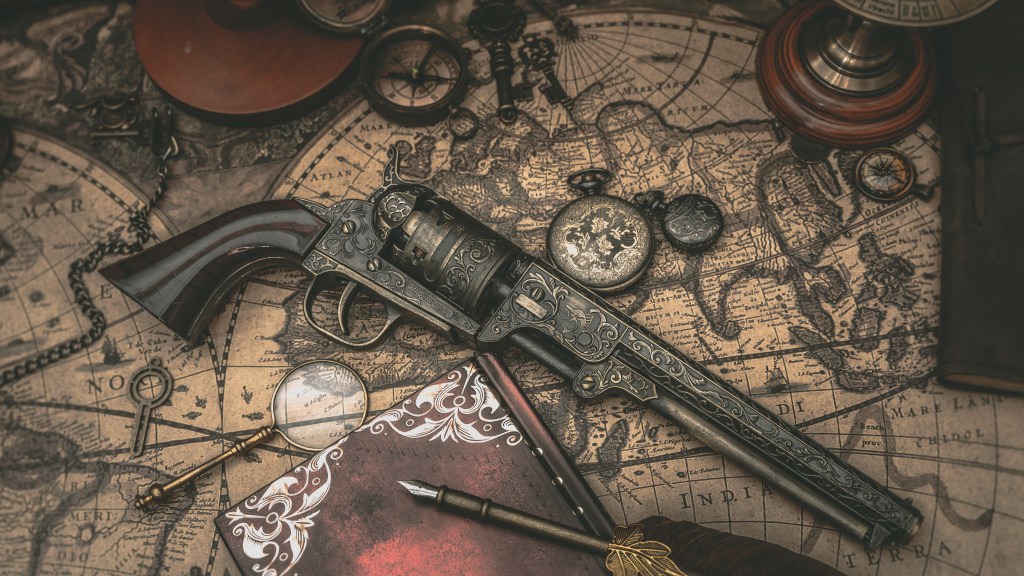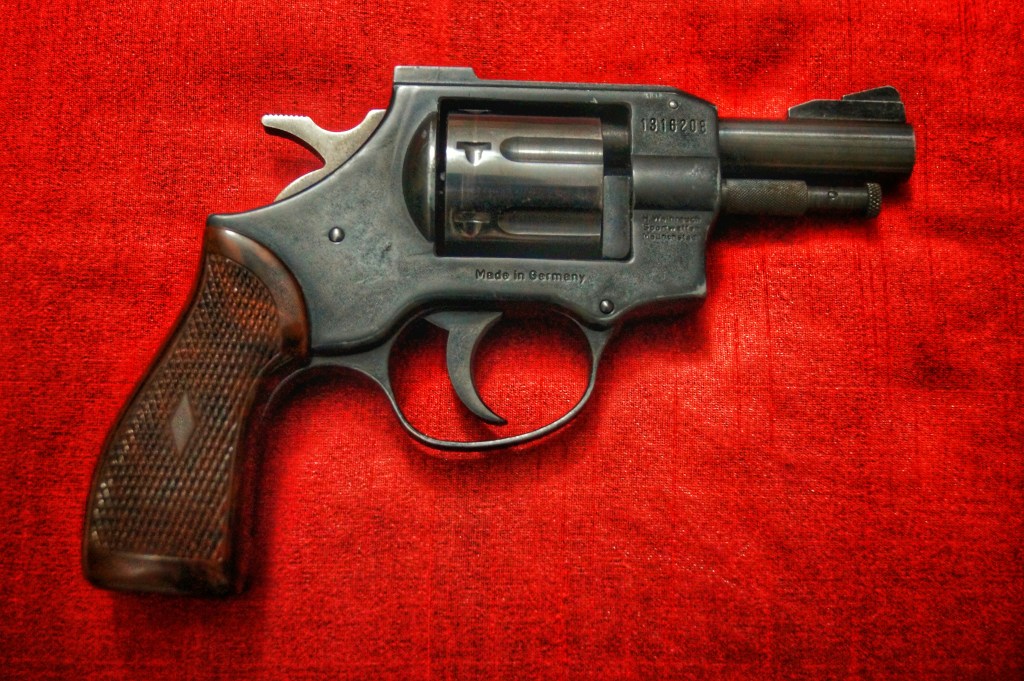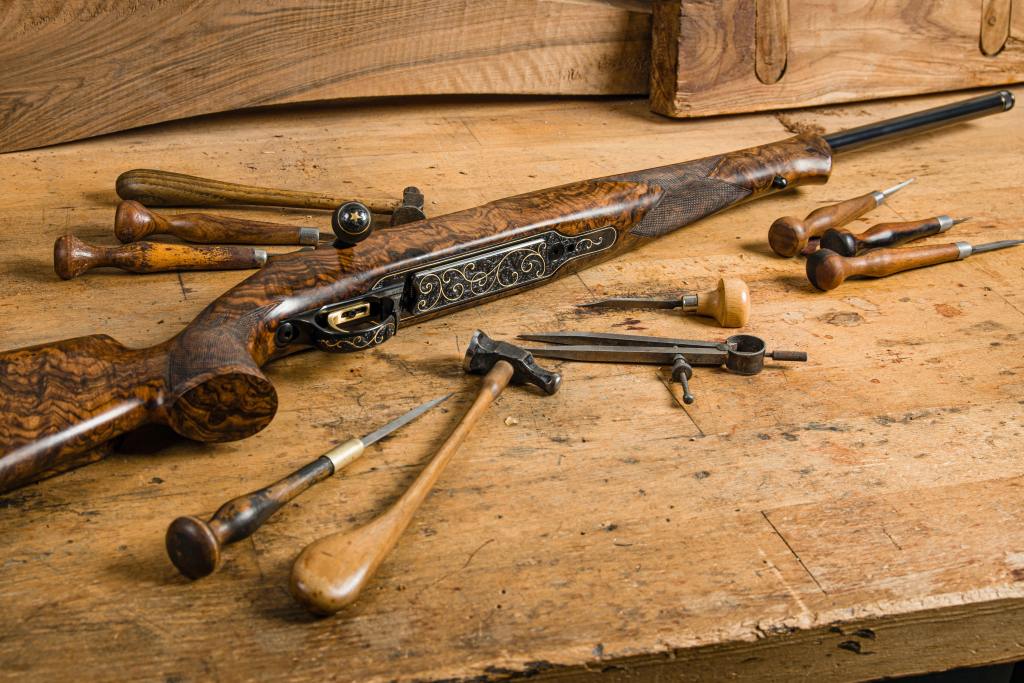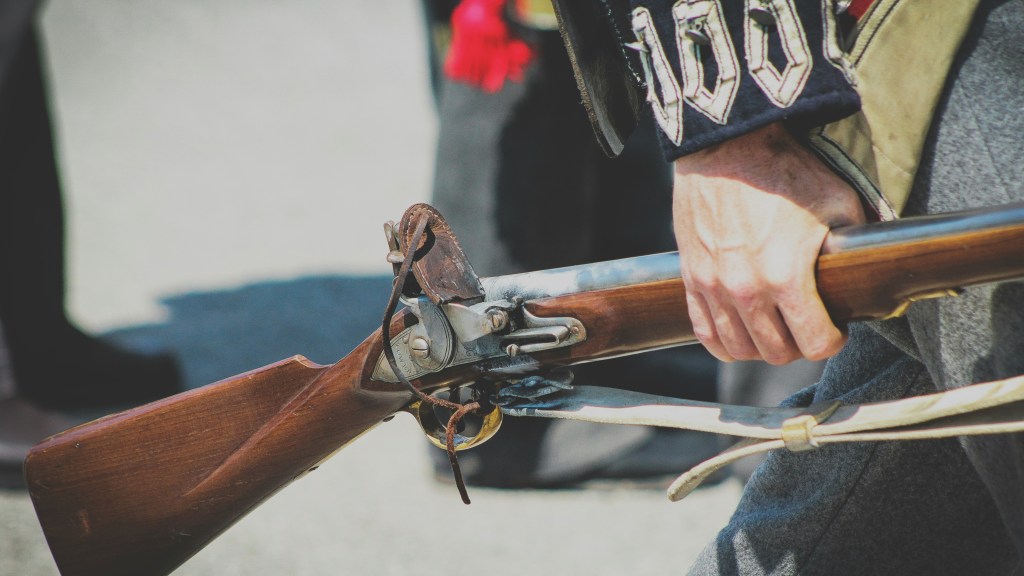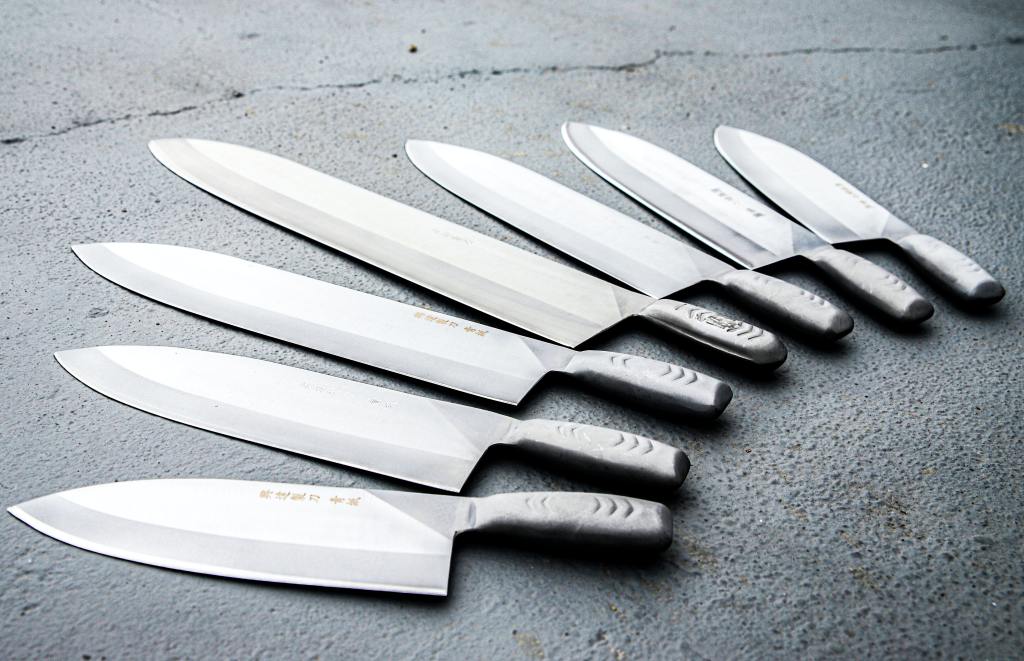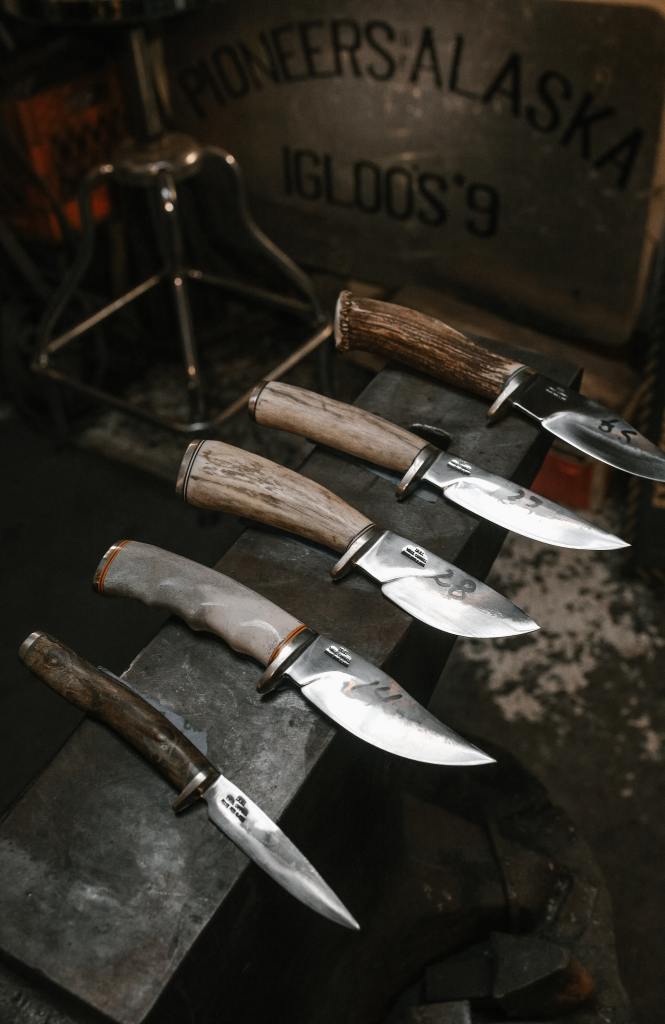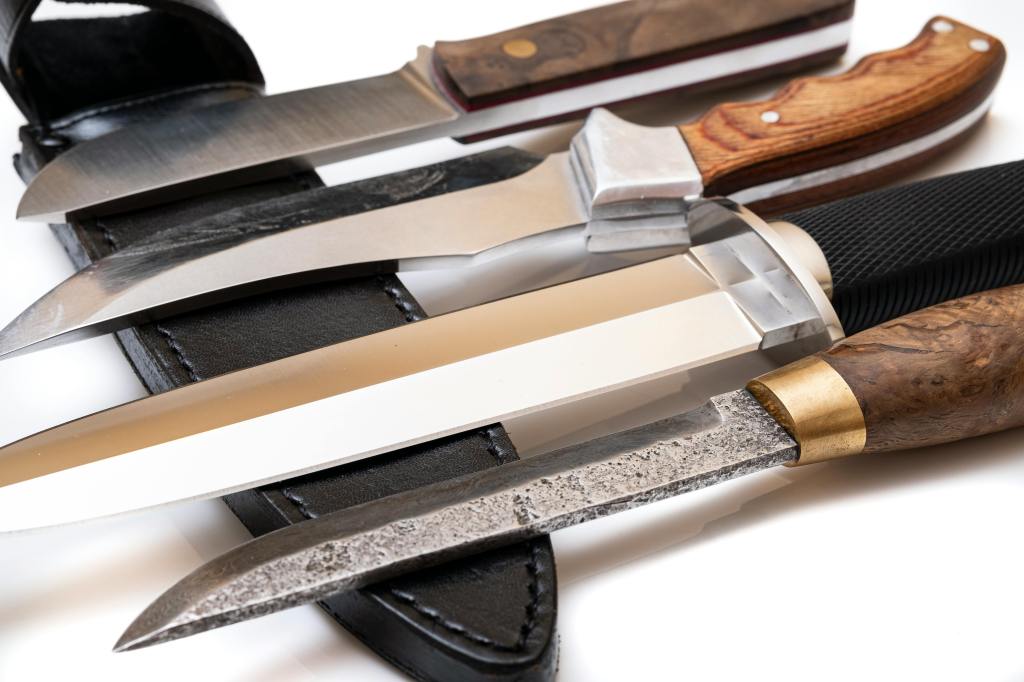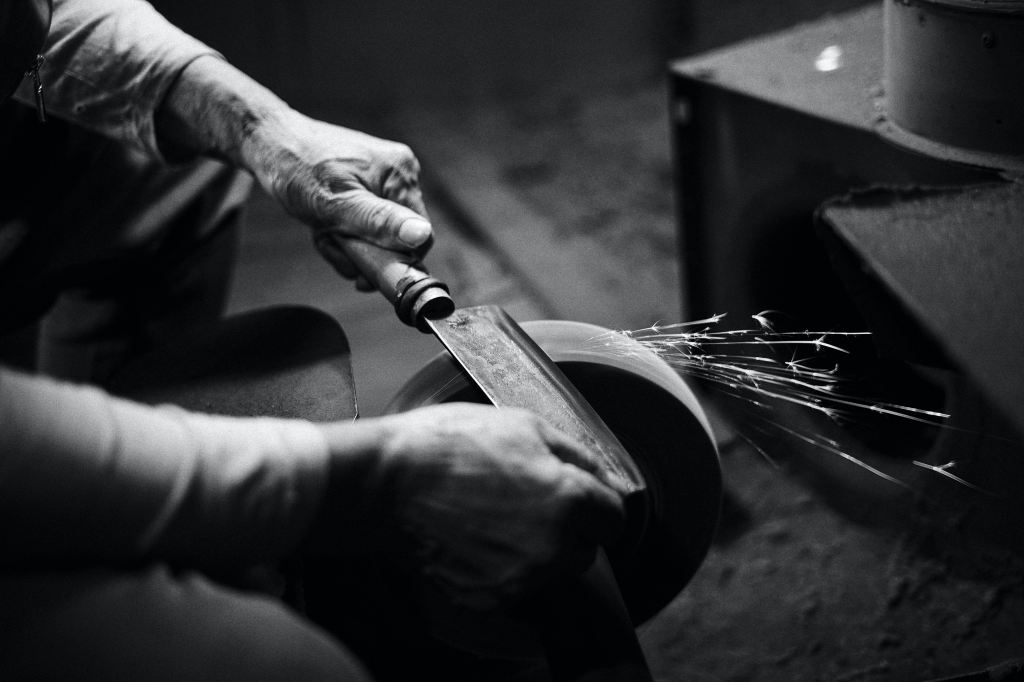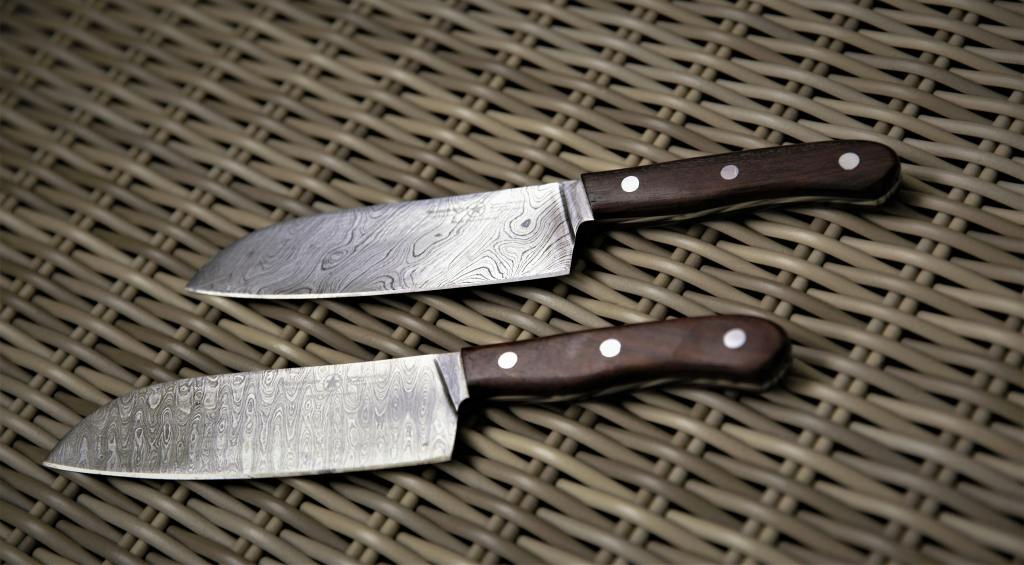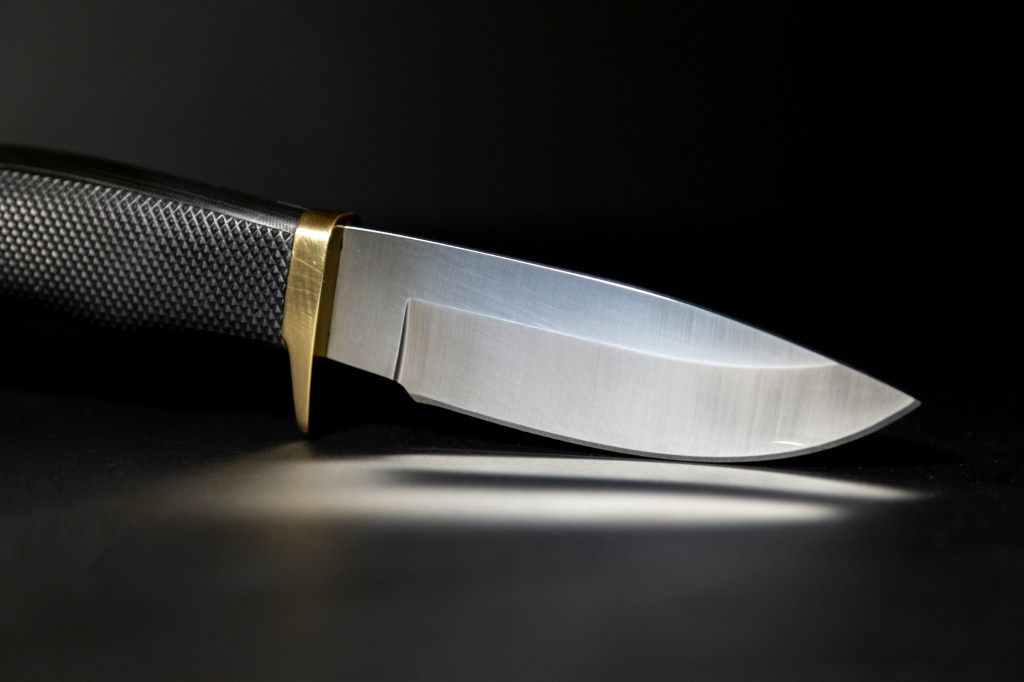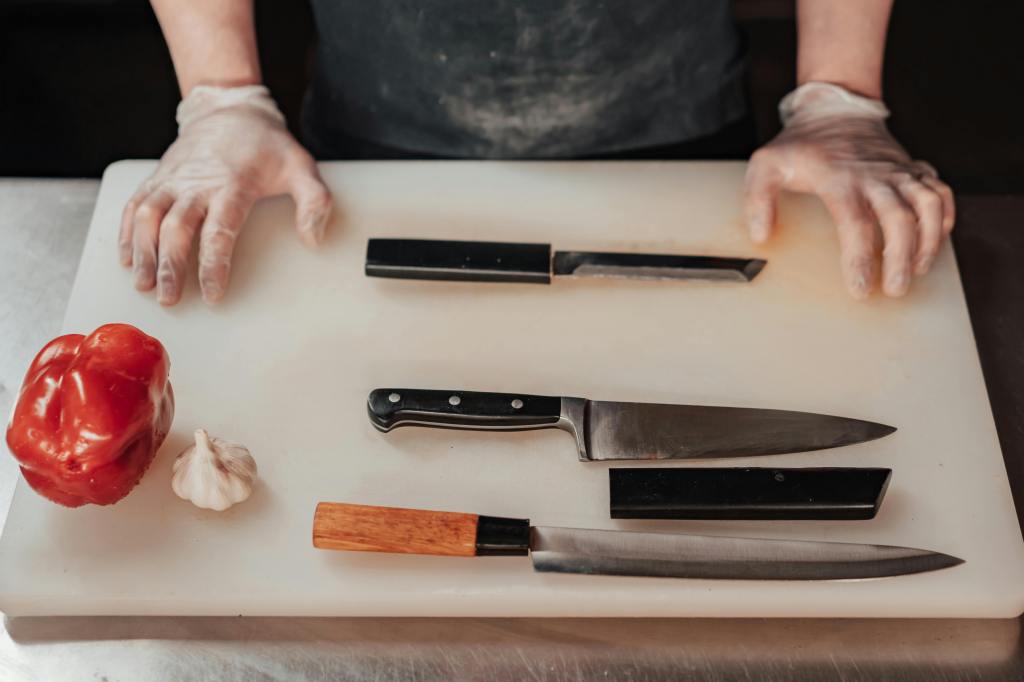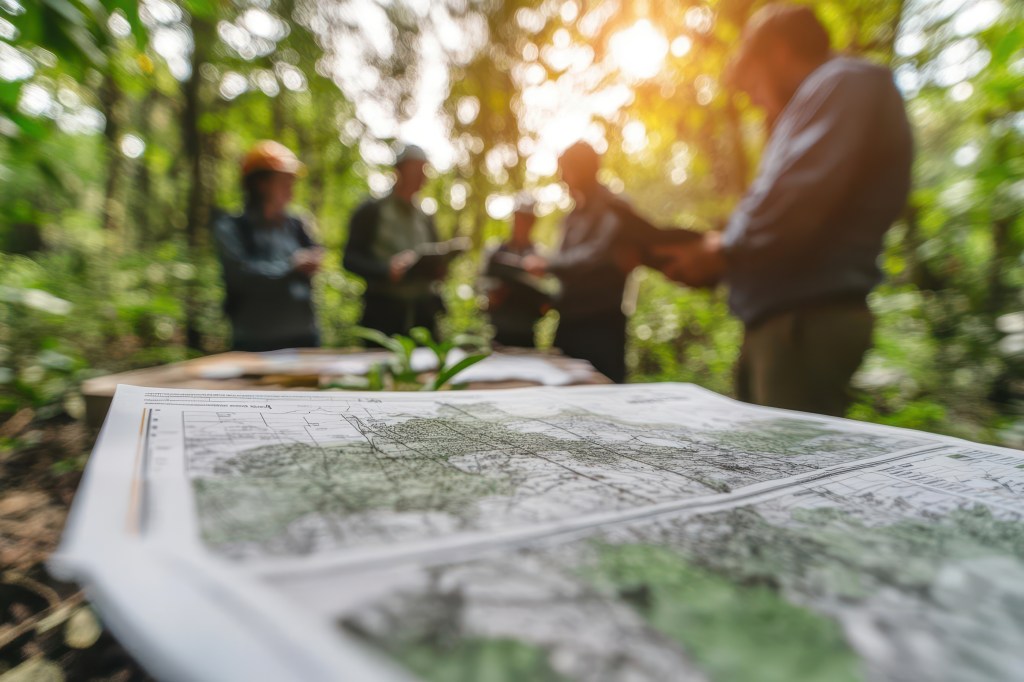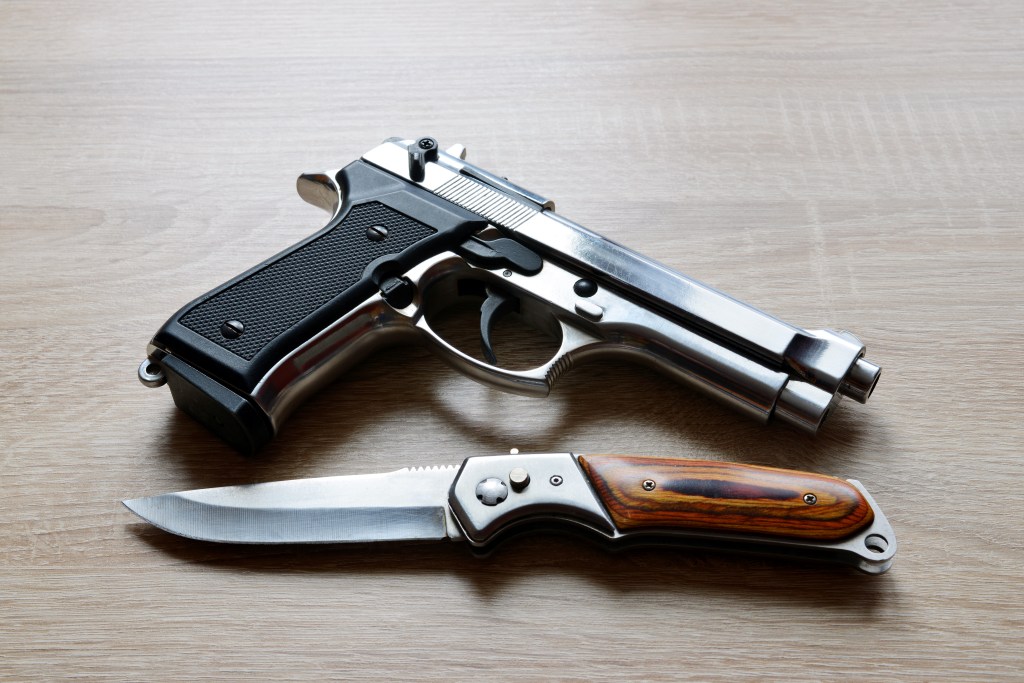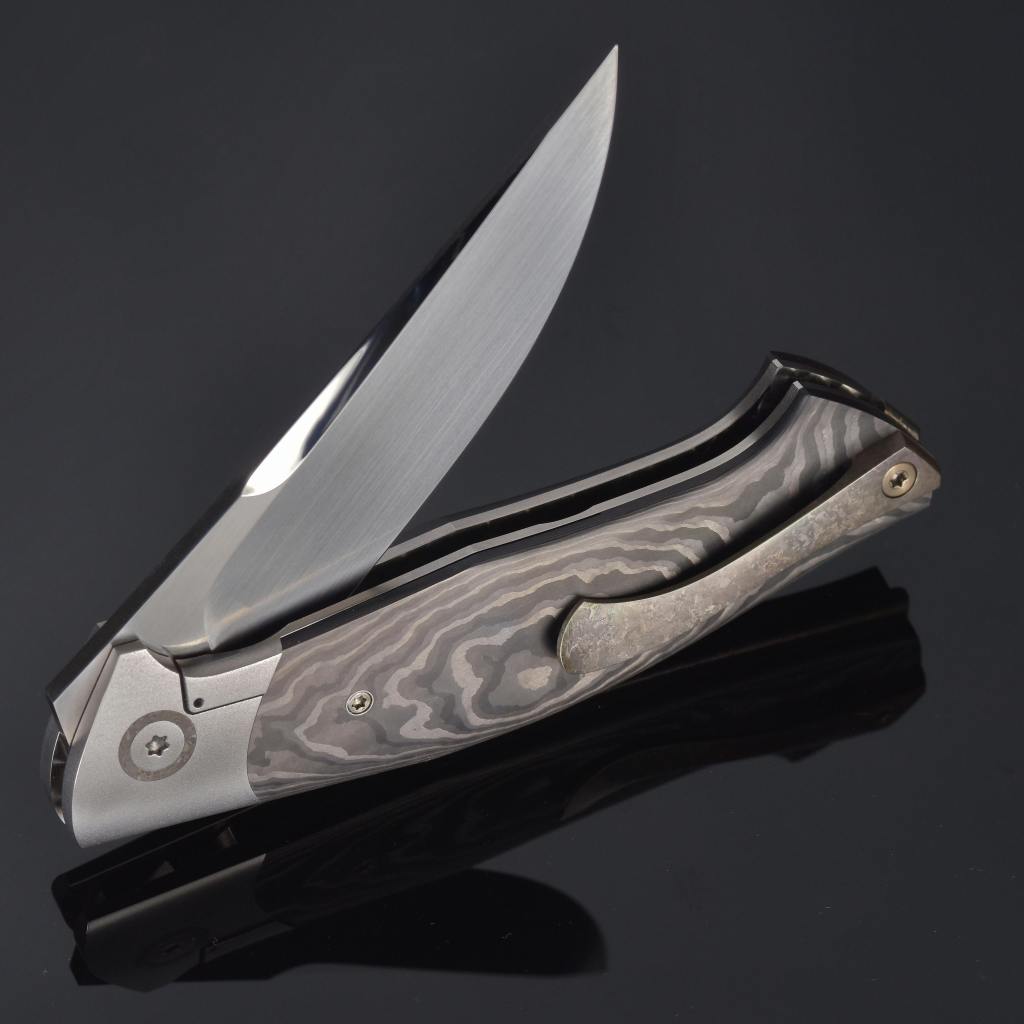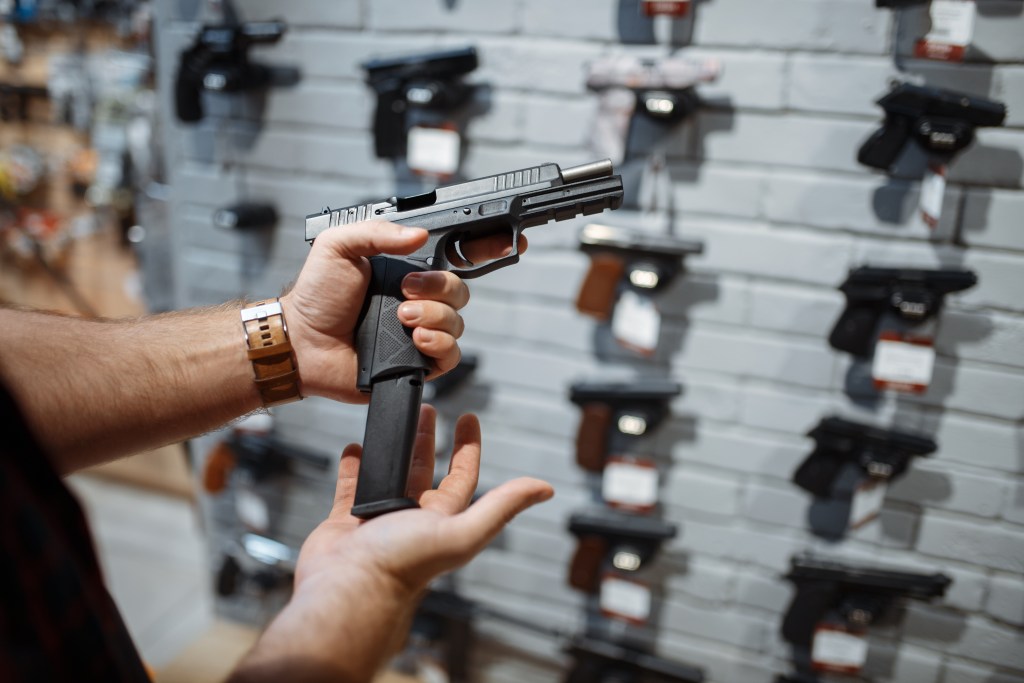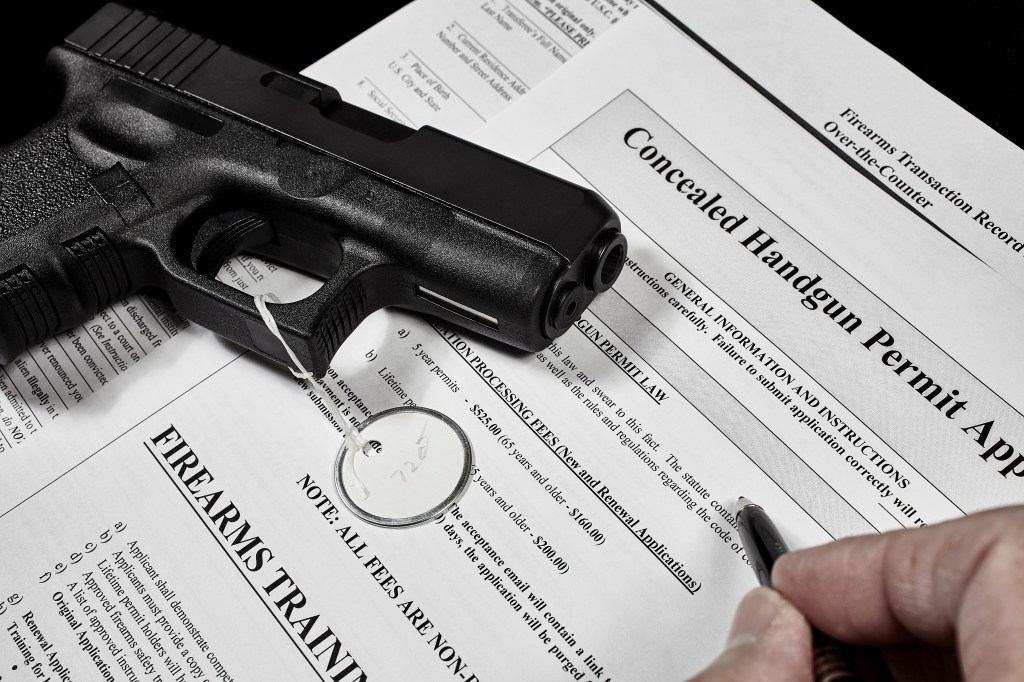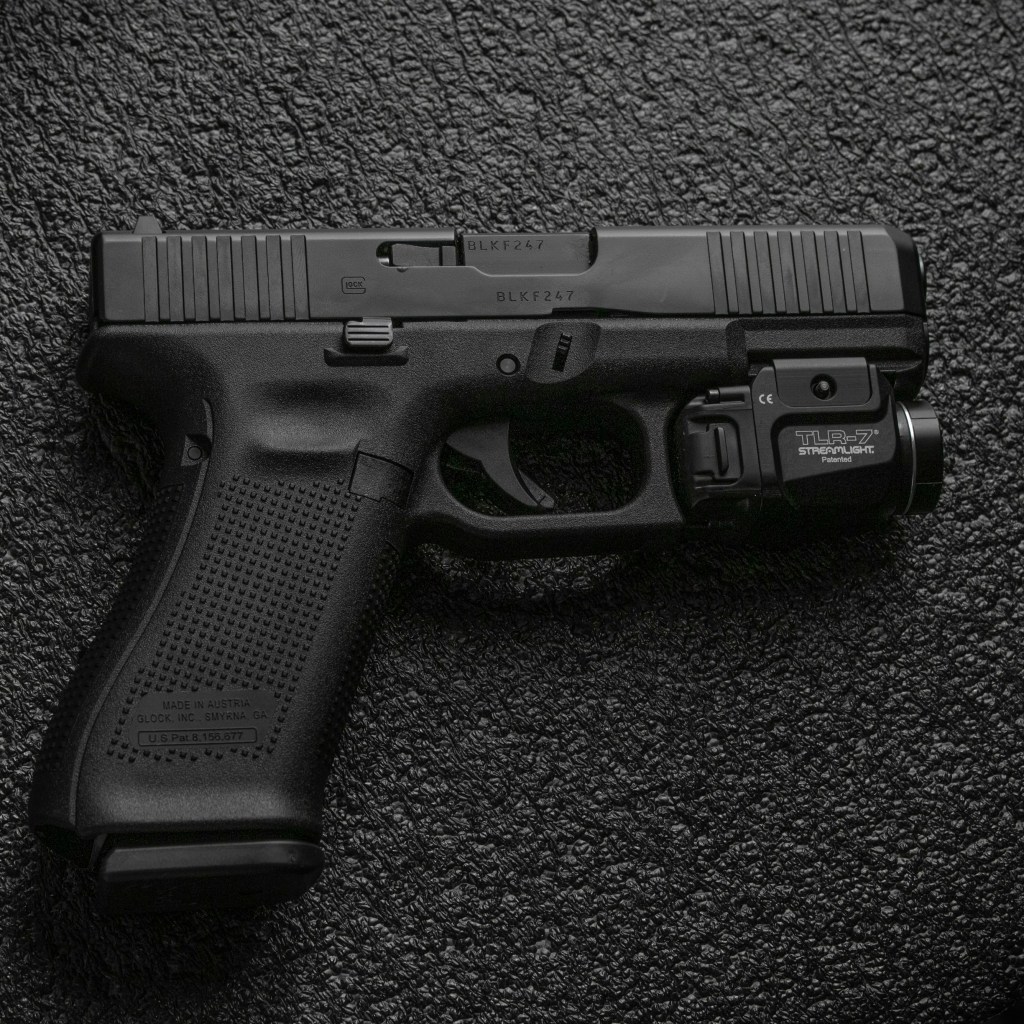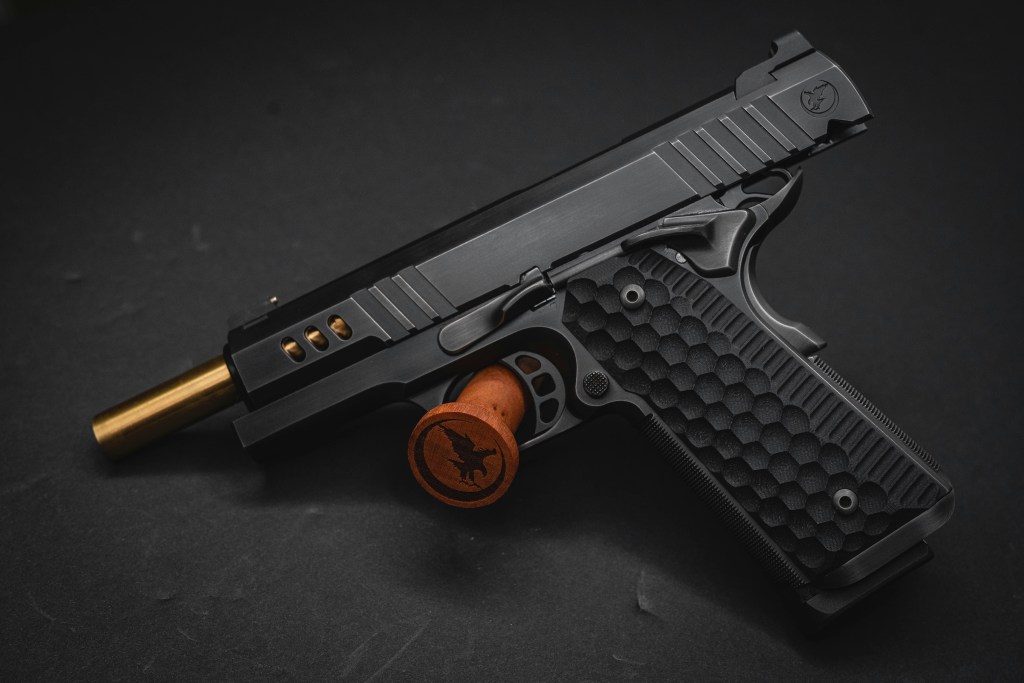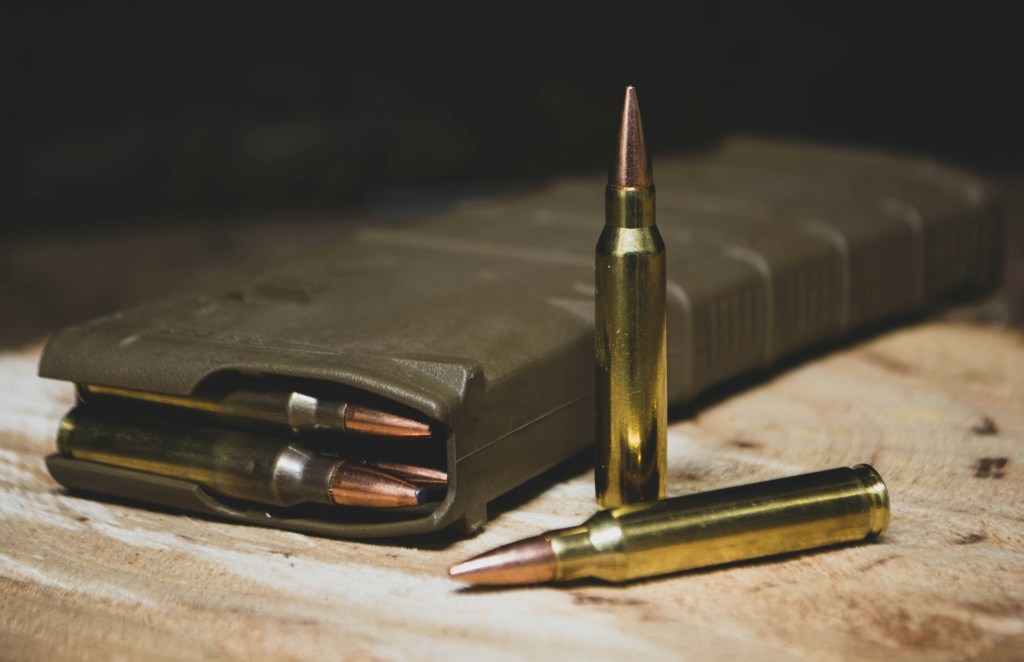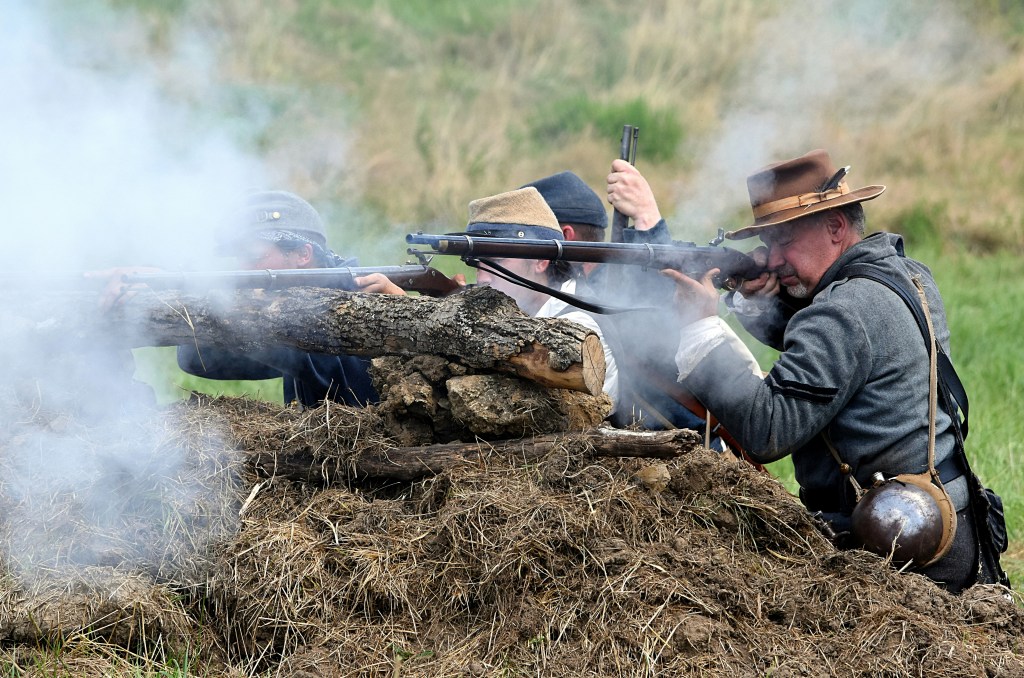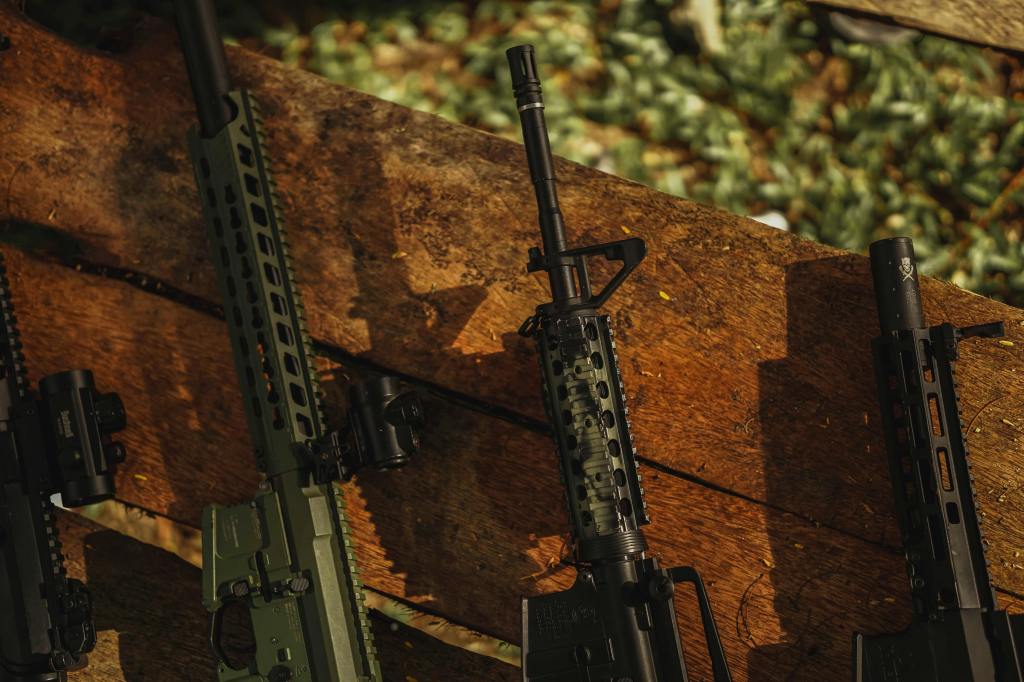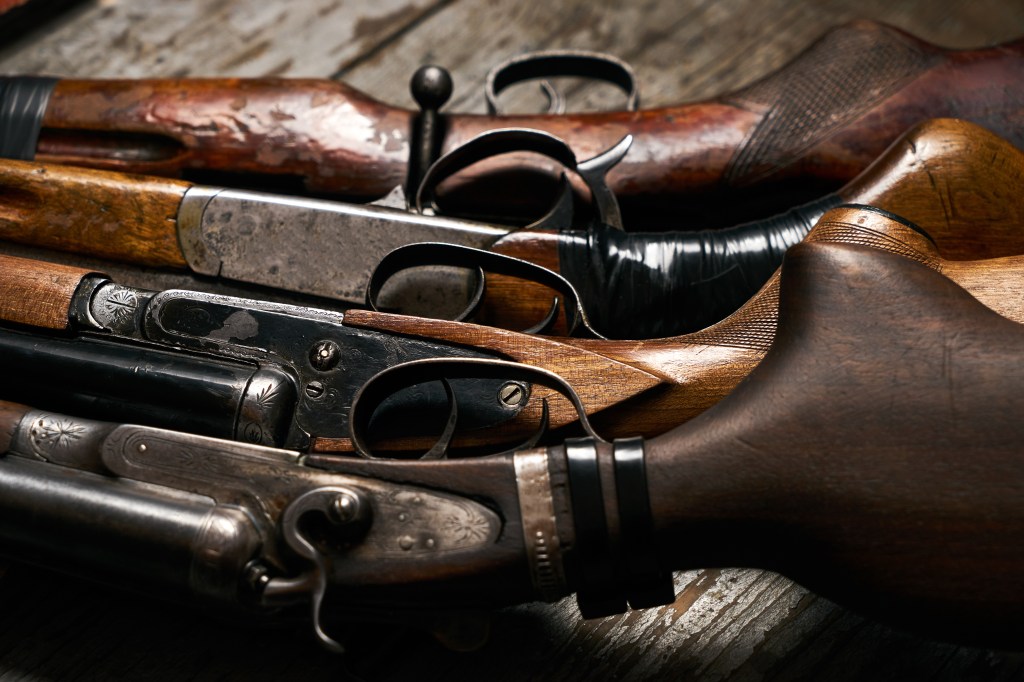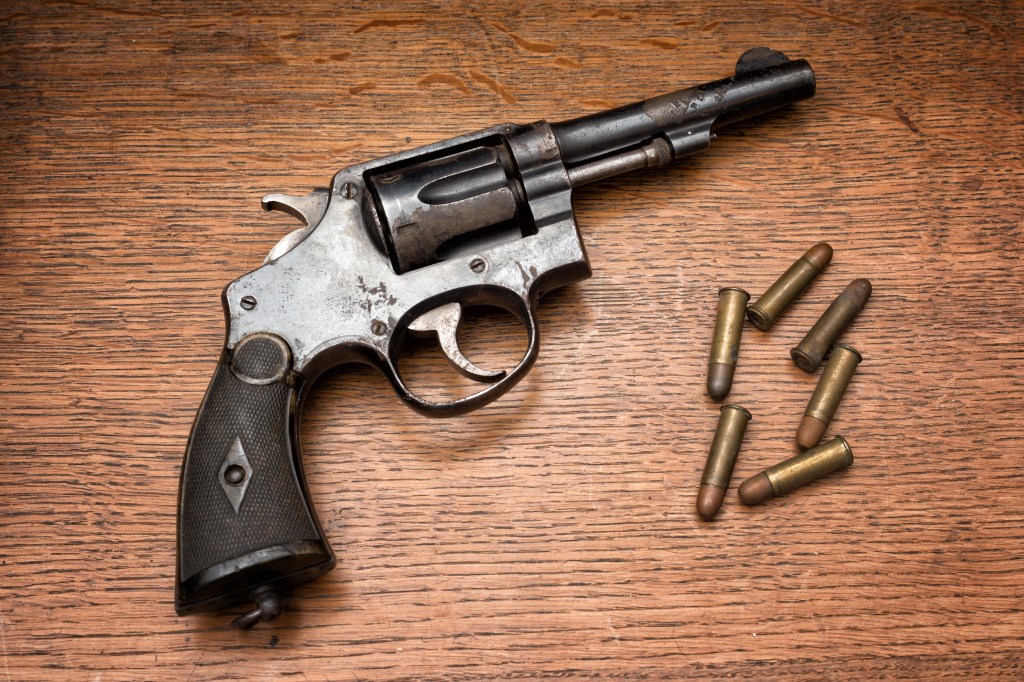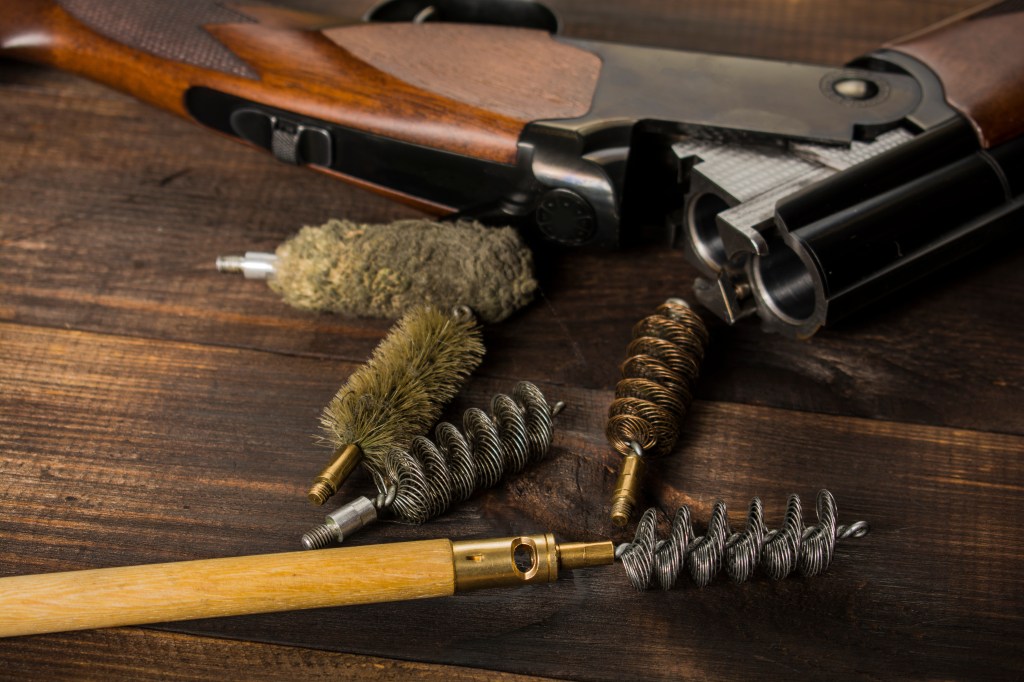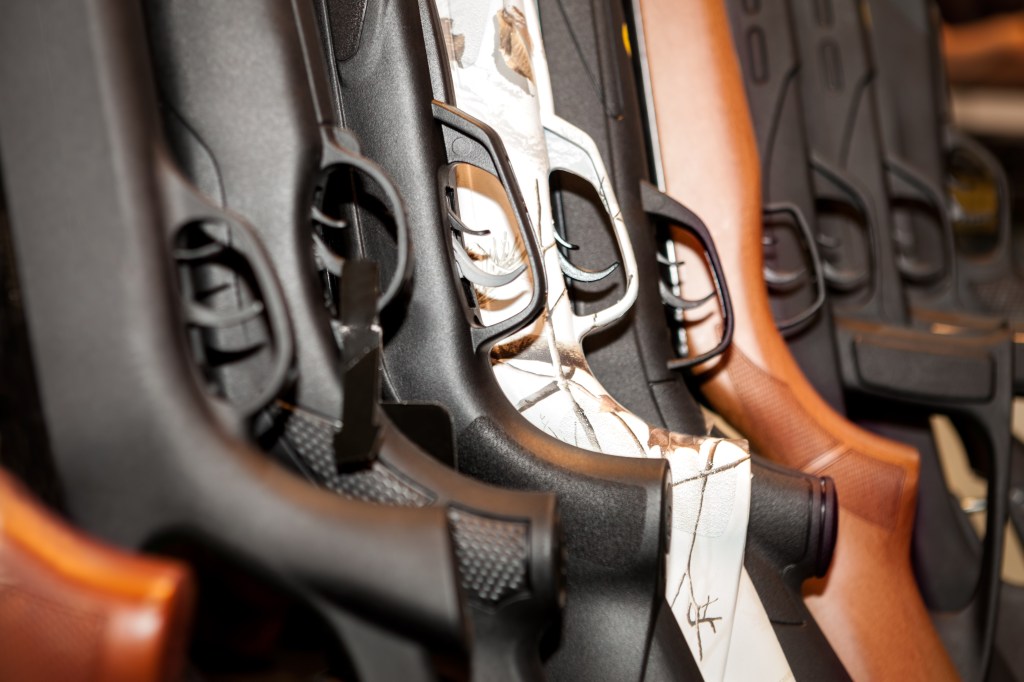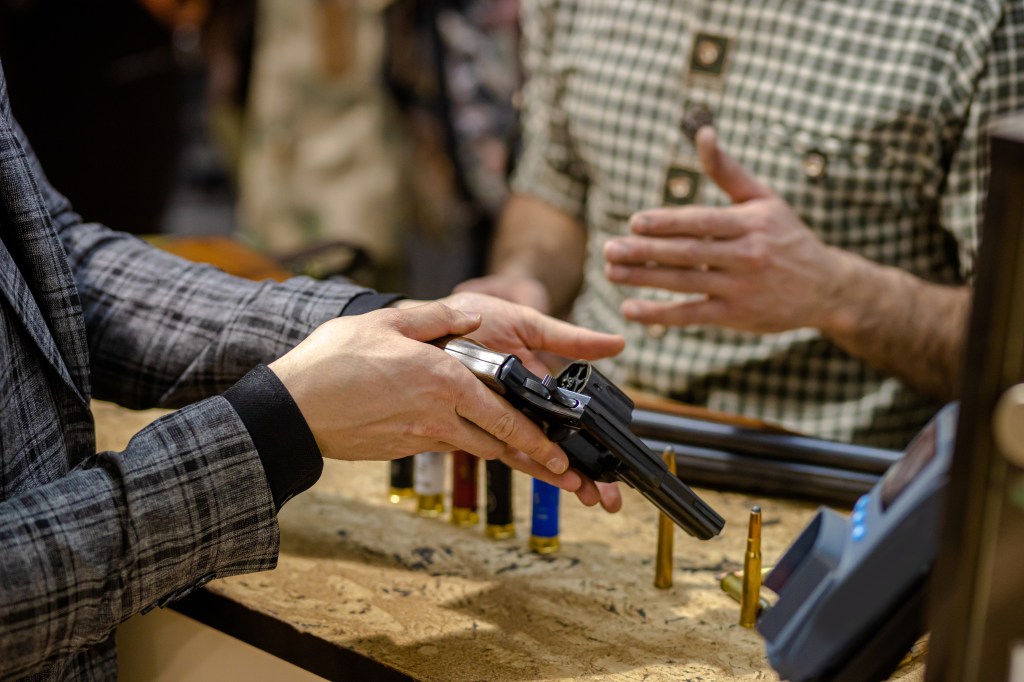When it comes to firearms, the conversation often revolves around the terms “modern” and “classic.” But what exactly do we mean by these labels? Modern firearms are those made from the early 20th century onward, featuring advanced materials, precision engineering, and improved safety measures. Classic firearms reflect the craftsmanship and design of their time, often holding historical significance.
Comparing modern and classic firearms shows the evolution of technology, materials, and shifts in shooting culture and regulations, which is important for enthusiasts and collectors.
Exploring classic revolvers and contemporary rifles provides valuable insights into the rich history of firearms. Let’s delve into the fascinating world of firearms, examining their types, historical significance, and what makes them modern or classic in the eyes of collectors and users today.
Historical Overview: The Evolution of Firearm Design
Exploring the origins and development of firearms unveils a fascinating journey marked by key milestones in both classic and modern designs.
This journey highlights the evolution of firearms and firearm design history and traces a classic gun timeline that underscores the advancements in firearms. From the inception of early guns, which utilized gunpowder in the loading part to shove a projectile into the tube and ignite the powder using a wick or match, to modern advancements, the transformation is remarkable.
These early firearms, also known as muzzleloaders, operated on the principle that as the powder burned, the pressure launched the arrows or metal objects.
Historical firearms development
The matchlock ignition, which emerged in the early 1400s, marked the beginning of a series of innovations in firearm ignition mechanisms. This was followed by the invention of the wheel lock ignition in the 1500s, offering a more reliable alternative.
The evolution continued with the flintlock ignition in the 1600s, which became widely popular and was eventually replaced by the percussion lock in the 1800s. This period of innovation also saw the birth of the repeating firearm in 1835, a significant leap forward in firearm design and functionality.
One of the most revolutionary advancements came with the introduction of the percussion cap, which set the stage for the development of self-contained ammunition. This innovation simplified the loading process and increased the reliability and efficiency of firearms.
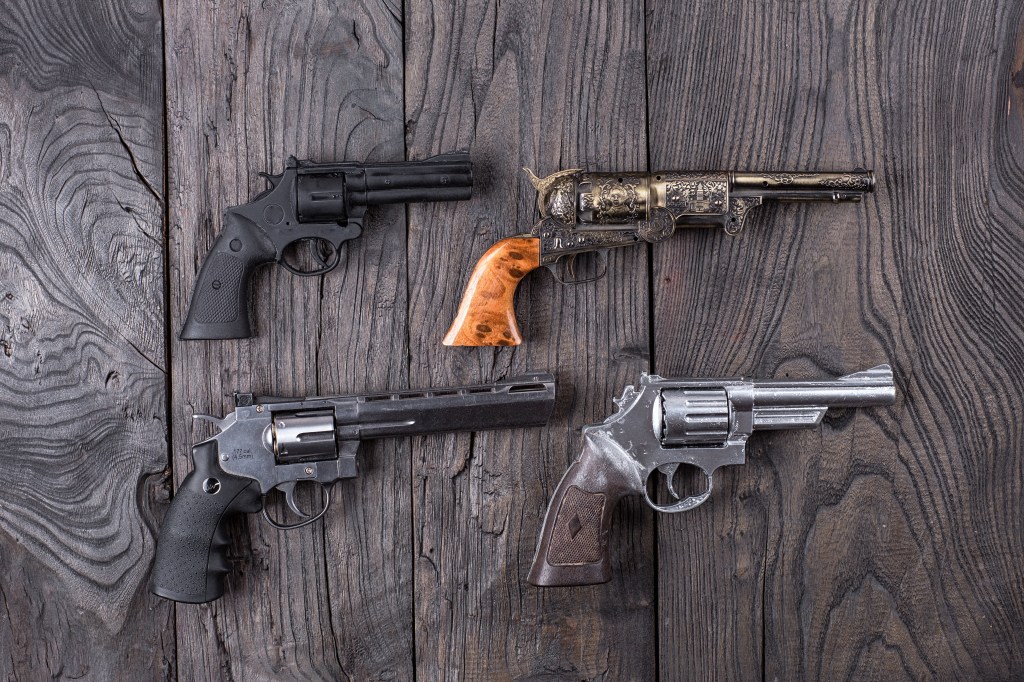
Key Features of Classic Firearms
Exploring the realm of classic firearms reveals a fascinating blend of craftsmanship, materials, and historical significance that sets these pieces apart.
Each antique gun tells a story of personal defense or hunting, technological innovation, and the era it hails from.
Bolt action rifles
The Colt Revolver, invented in 1836 by Samuel Colt, was a groundbreaking development in firearm technology. Its revolving cylinder, capable of holding multiple rounds, allowed for successive shots without the need for constant reloading.
This revolutionary enhancement significantly influenced military tactics and the development of future firearms. The Colt Revolver’s impact on both the civilian and military spheres underscores its pivotal role in the evolution of firearms and its enduring legacy in the history of American weaponry.
The Winchester Rifle is another icon of the Western frontier, embodying the spirit of adventure and the rugged individualism of the era. Renowned for its accuracy, reliability, and rapid-fire capability, the Winchester has cemented its place in history as the firearm of choice for hunters and frontiersmen alike.
Shifting our focus to the Soviet military arsenal, one cannot overlook the significance of the Mosin-Nagant rifle, renowned for its reliability and accuracy. This rifle became a standard issue within the infantry of the Russian Empire and, later, the Soviet Union. Its bolt-action design facilitated quick reloading, which influenced military tactics significantly and paved the way for future developments in firearms technology.
Machine guns
When discussing iconic firearms, it’s impossible not to mention the infamous Thompson Submachine Gun, better known as the Tommy Gun. This machine gun has become synonymous with the gangsters of the Prohibition era, symbolizing a time when organized crime flourished in the United States.
The submachine guns’ fully automatic capabilities provided an advantage to organized crime, leading to the implementation of stricter gun control laws and the formation of specialized law enforcement units. The Tommy Gun not only left its mark on the history of crime but also on the evolution of law enforcement and gun legislation.
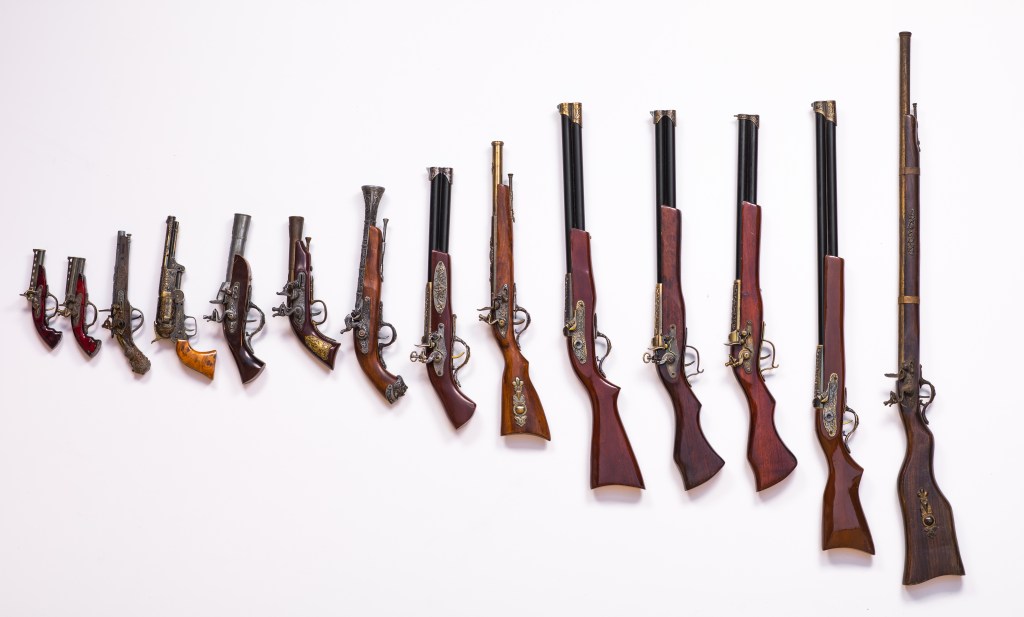
Modern Firearms: Innovation and Technology
The world of modern firearms has witnessed remarkable advancements, encompassing an array of cutting-edge technologies, materials, and safety features. These innovations are reshaping how firearms are designed and used, making them not only more efficient but also safer.
Manufacturers are increasingly focusing on modular designs, which allow users to personalize their firearms according to individual needs and preferences. This modularity enables the easy addition of various attachments, such as flashlights, magazines, lasers, and modern optics, enhancing both the weapon’s functionality and versatility.
Another significant advancement is the use of 3D printing technology, which streamlines the manufacturing process and reduces costs while enabling the creation of highly customized components. This method allows for rapid prototyping and production of designs that are challenging to achieve.
Additionally, the integration of techno-polymers has transformed firearm construction, yielding lighter and more durable weapons that can withstand extreme temperatures and environmental conditions. These materials make modern firearms not only more manageable but also enhance longevity, ensuring they remain reliable under various circumstances.
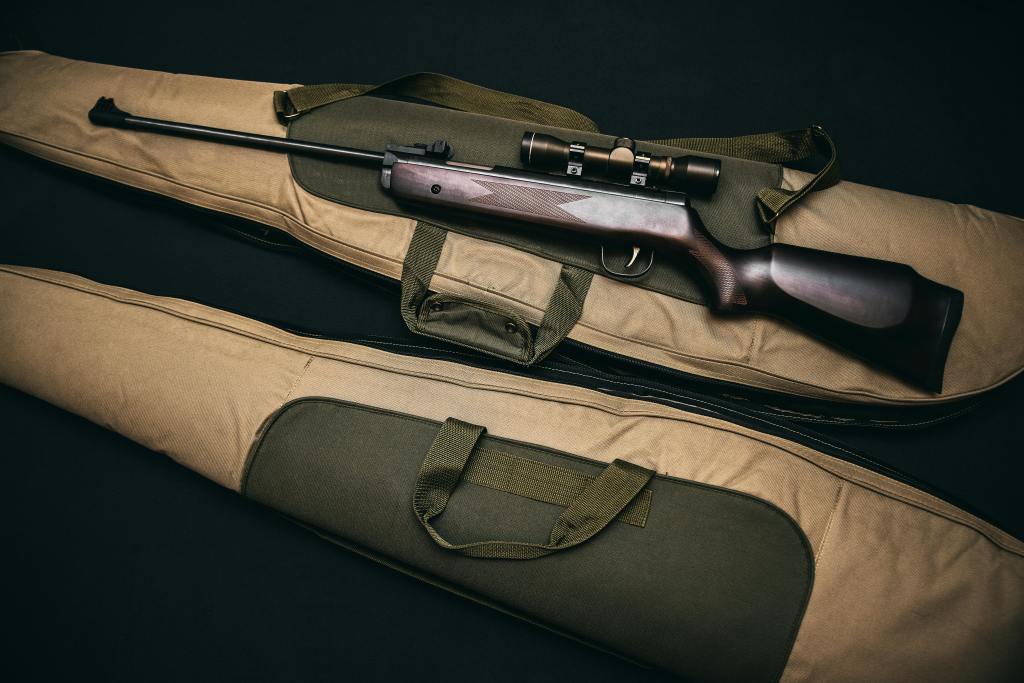
Performance Comparison: Accuracy, Durability, and Reliability
Several key performance aspects stand out when comparing modern and classic firearms, particularly in terms of accuracy, durability, and reliability.
Modern rifles
Accuracy is a key factor for modern rifles, and modern advancements have greatly enhanced this aspect. Features like advanced sighting systems and improved barrel designs contribute to superior precision. While classic firearms may lack the accuracy of modern weapons, they still reflect the best technology of their time and can perform impressively in skilled hands.
Durability is a key factor in comparing modern and classic firearms. Modern firearms use high-strength materials like polymer and advanced alloys, enhancing longevity and consistent performance. In contrast, classic firearms made from wood and steel showcase exceptional craftsmanship.
Reliability is crucial for firearms and varies between modern and classic designs. Modern firearms benefit from rigorous testing and quality control, featuring enhancements like improved feeding systems that reduce jams. In contrast, classic firearms are known for their straightforward mechanical designs, which, while lacking in modern fail-safes, often ensure dependable performance, especially in challenging conditions.
The performance of modern and classic firearms highlights the advancements in technology and design. Modern firearms offer innovations that improve accuracy and reliability, while classic firearms reflect the craftsmanship of their time.
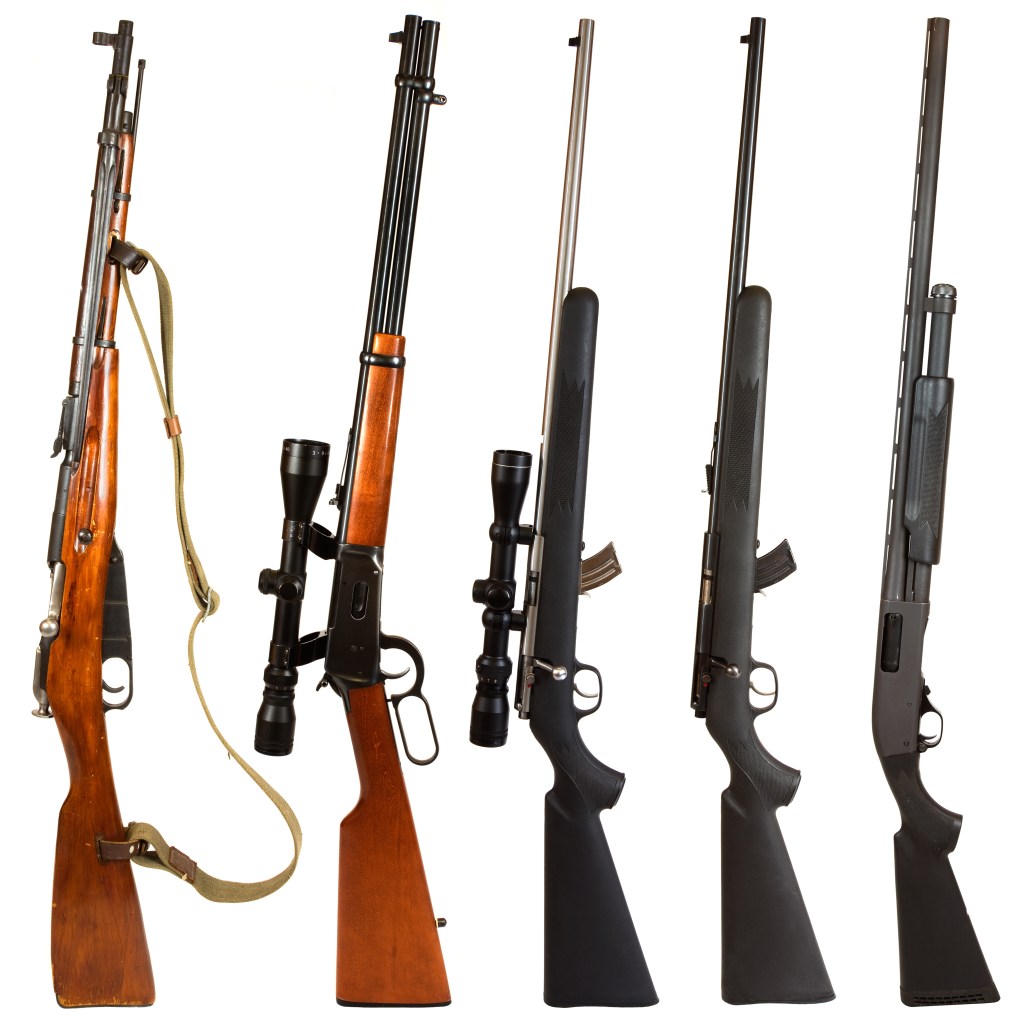
Practical Applications: When to Choose Classic or Modern Firearms
When selecting a firearm, several practical considerations come into play, including personal preferences, usage scenarios, and the unique benefits associated with different types of guns. The debate between modern and traditional firearms often arises, as each category offers distinct advantages.
Modern firearms tend to incorporate advanced technology, resulting in improved reliability, ease of use, and better safety features. In contrast, traditional guns, often regarded as classics, come with a sense of history and craftsmanship that many enthusiasts appreciate.
One notable example of a classic firearm is the Colt Single Action Army revolver. This old reliable firearm is cherished for its simplicity and effectiveness, serving its intended purpose well over the years. However, in today’s market, there is a demand for a variety of handguns catering to niche needs. Whether it’s for self-defense, competition, or recreational shooting, prospective buyers can find a wide array of options that fit their specific requirements.
Budget is another critical factor when selecting a firearm. Classic firearms often come with a higher price tag due to their rarity and condition, making them appealing investments for collectors and enthusiasts. On the other hand, if you’re working with a limited budget, modern handguns provide a practical and economical choice. These firearms typically offer reliable performance and accessibility without breaking the bank, making them suitable for everyday use while still meeting safety and functionality needs.
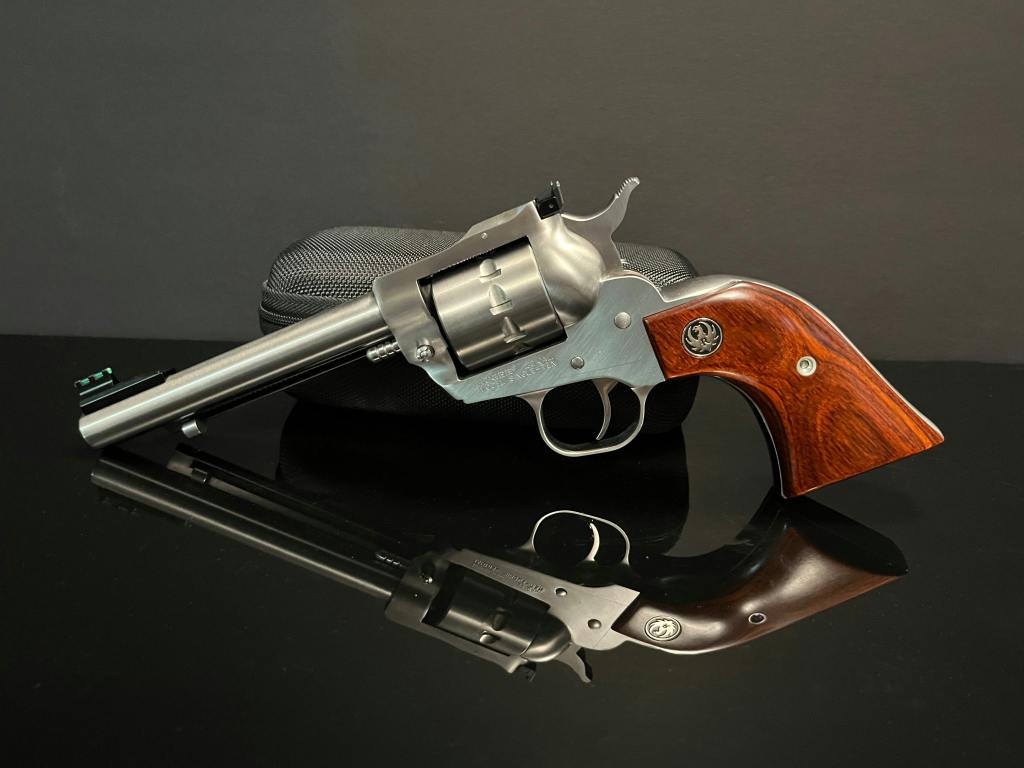
Conclusion: The Future of Firearms
The landscape of firearm design and technology is evolving rapidly, driven by advancements in materials and a growing emphasis on weight reduction. Future trends show a shift towards synthetic materials, especially polymers, as preferred over traditional metals.
This transition is primarily attributed to polymers’ cost-effectiveness and ability to produce lighter and more durable firearms. Emphasizing lightweight materials will continue to be key, as manufacturers focus on users who value mobility and easy handling.
Accessories are crucial in the evolution of firearms, with innovations like anti-corrosion coatings, advanced targeting systems, and combat-ready sights becoming commonplace. These enhancements improve functionality and appeal to a range of users, from sport shooters to tactical professionals.
As technology advances, we can expect next-generation firearms to feature smart technology, better ergonomics, and enhanced safety, transforming their design and use in the future.
Sources
https://www.hunter-ed.com/pennsylvania/studyGuide/History-of-Firearms/20103901_88582/
https://library.ucdavis.edu/exhibit/firearms-history-and-the-technology-of-gun-violence/
https://www.americanconcealandcarry.com/classic-firearms-that-shaped-history-a-collectors-guide/
https://emerchantbroker.com/blog/modern-technology-innovations-in-the-gun-industry/
https://www.thetruthaboutguns.com/are-guns-from-the-past-better-than-todays/
https://blog.cheaperthandirt.com/school-carry-latest-model-proven-performer/
https://blog.cheaperthandirt.com/what-will-handguns-look-like-in-100-years/
